11 November 308
Diocletian (briefly emerging from retirement), Maximian and Galerius meet at Carnuntum (near Vienna) to resolve the embroiled tetrarchy: Diocletian returns to retirement rather than reclaim power as senior Augustus; Maximian is to also return to retirement; Maxentius is declared a usurper; Galerius appoints a new Augustus, Licinius, and offers Constantine and Maximinus Daia the title filius Augustii.
11 November 1778 Wednesday
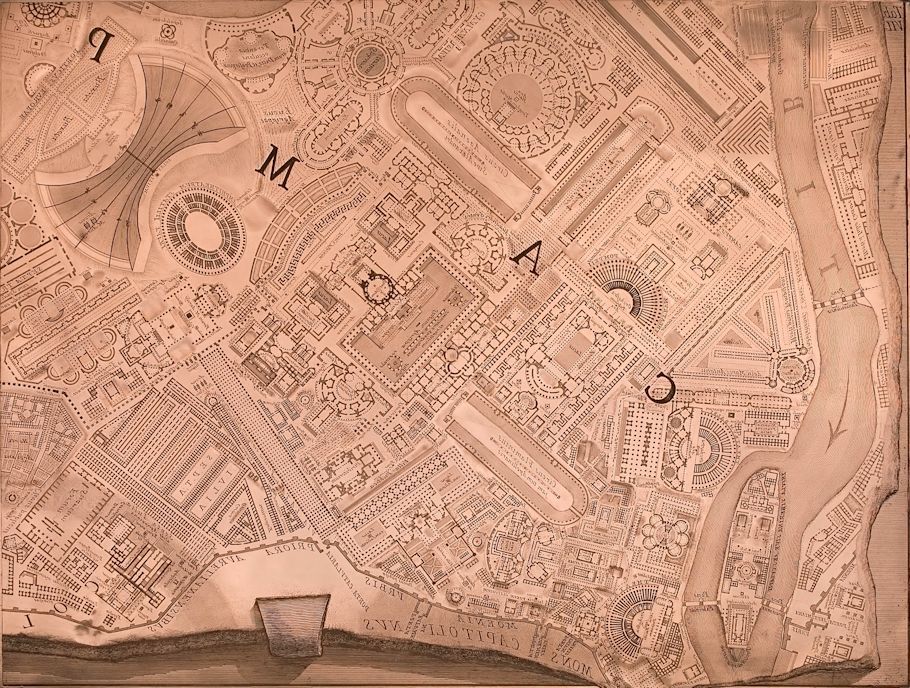
"I never imagined this would be the last plate he'd ever etch on."
"Nor I."

11 November 1812 Wednesday

A heavy rain said to fall in the night; I did not hear it. Morning without a cloud. ... Marshall Key and myself set off a 9 in the carriage. Benjamin Warner and Hannah to follow us in a gig in half an hour. We Stopped at Stenton in hope D. Logan would accompany us. His wife and son had gone to town (we met them) and he had no mode of going unless I would take him a return to dinner, which did not suit as my company were to dine and sleep at Ury. Coming out of the gate we saw the gig with B.W. and Hannah about 50 yards ahead. Passed them and we reached Redheffer's 1/4 past 11. There were 6 or 8 persons there before us. The description of it was first given to me by Joshua Longstreth who doubted the reality of the invention, but I caught by the eye of my mind the true principle of the moving powers while I was in the act of denying its possibility and immediately became a firm believer of it. Thomas Gilpin afterwards sketched a draft of it with his pencil so that I perfectly understood the whole of it at first glance. T.G. was not clear about it and cautioned me not to commit my self till I had seen and considered it, but I had 20 times explained the principle and power before I saw it, but I exceeded my expectations. I defined it as the power of a pendulum restrained from falling to its perpendicular and the [illegible] is the moving force. For a car weighing altogether (blank) pounds suspended on the hypotenuse of a triangular box on 4 brass wheels, the base of the box being also on 4 brass wheels and resting on a toothed wheel of about 7 f. diameter and suspended by 4 irons, thru which an upright shaft passes without fixture, having a lesser wheel fixed to its lower extremity which toothed into a vertical wheel which turns a roller with a band turning a grindstone with great velocity. The car suspended on the inclined raise of the triangular box and pressing toward a perpendicular by its own gravity but unable to do so by its suspension to an arm passing thru the perpendicular shaft generates a force which fastened to the hanging wheel carries it round exactly upon the same principle that the wind blowing at right angles with a skipkiel[?] acts upon a boon-sail to propel her forward. The boon forming an angle of 45 degrees with the kiel. The principle and machinery are simple beyond expectation and may be adapted to any purpose that a fall of water, wind or steam can effect. The extent of the power that can be thus acquired must be found by repeated experiments, but I see no limits to prevent its equaling the force of any steam engine; for as the power with [illegible] in proportion to the square of the measured radius and increased weight it is possible if not probable that it may carry any force that wood and iron machinery is capable of bearing. My imagination is lost in contemplating the revolution which a few years will produce in all manners of machinery and the whole rational creation should pause to give thanks and praise to the Author of all good for disclosing to an illiterate mechanic the means by which gravitation may be rendered a substitute for half the purpose of animal labor. Surely, while such an improvement in natural things is permitted to meliorate the external conditions of man in this life by so very simple a means, the Christian believer has reason to hope that all the process going on in the moral and intellectual world is intended to produce a regeneration of the spirits of men. So that whole civilized world being now at war, the end of this war may superinduce universal peace among men, never again to be interrupted.
This event exhibits to my mind a proof and example that it is easier for a [illegible] or is it rendered Camel to pass thru the eye of a needle than for a rich man to enter into the kingdom of heaven, or in other words it is easier for him to perform any natural apparent impossibility than to change the hearts of men without or against their wills. Indeed I see no end to the considerations which arise up on this occasion, may it not be considered as a partial repeal of the sentence passed upon Adam "in the sweat of thy face shall thou eat thy bread." But I must stop my pen and wait in the belief that in a few years whether I may live to see it or not this principle will perform the hardest part of the mechanic labor of man.
We spent an hour and now in viewing this wonder of the age during which time a large number of persons 30 or 40 came to see it, and it seems to gain [illegible] which for some weeks has been refused to it especially by the learned. We reached Ury in an hour and 35 minutes, about 9 miles, and spent the day and evening very agreeably.
11 November 2007
It rocked Eisenman on his chair...
"Equally, the Campo Marzio would not function as an urban entity. There are no streets as such; rather, the ground is filled with what can be called interstitial figures."
Peter Eisenman, "Notations of Affect. An Architecture of Memory" in Pathos, Affect, Gefühl (Berlin: Walter de Gruyter GmbH, 2004), pp.504-11.
"The level plain of the campus Martius was particularly well adapted to this characteristic form of Roman architecture—the porticus—which conformed to a general model, while varying in proportions and details. The porticus consisted of a covered colonnade, formed by two or more rows of columns, or a wall on one side and columns on the other. lts chief purpose was to provide a place for walking and lounging which should be sheltered from storm and sun, and for this reason the intercolumnar spaces were sometimes filled with glass or hedges of box. Within the porticoes or in apartments connected closely with them, were collections of statuary, paintings, and works of art of all kinds, as well as shops and bazaars. In some cases the porticus took its name from some famous statue or painting, as the porticus Argonautarum.
While the erection of the first porticus in the campus Martius dates from the early part of the second century B.C., the period of rapid development in their numbers and use did not begin until the Augustan era. The earliest of these structures seem to have been devoted exclusively to business purposes. By the time of the Antonines, there were upwards of a dozen in region IX, some of them of great size, and it was possible to walk from the forum of Trajan to the pons Aelius under a continuous shelter. They were usually magnificently decorated and embellished, and provided with beautiful gardens.
Samuel Ball Platner, The Topography and Monuments of Ancient Rome (1904).
Although written over 140 years after the Ichnographia Campus Martius, Platner's text nonetheless describes perfectly Piranesi's delineation, particulary between the forum of Trajan and the pons Aelius. Indeed, the porticus is the most abundant building type throughout the Ichnographia Campus Martius.
11 November 2018
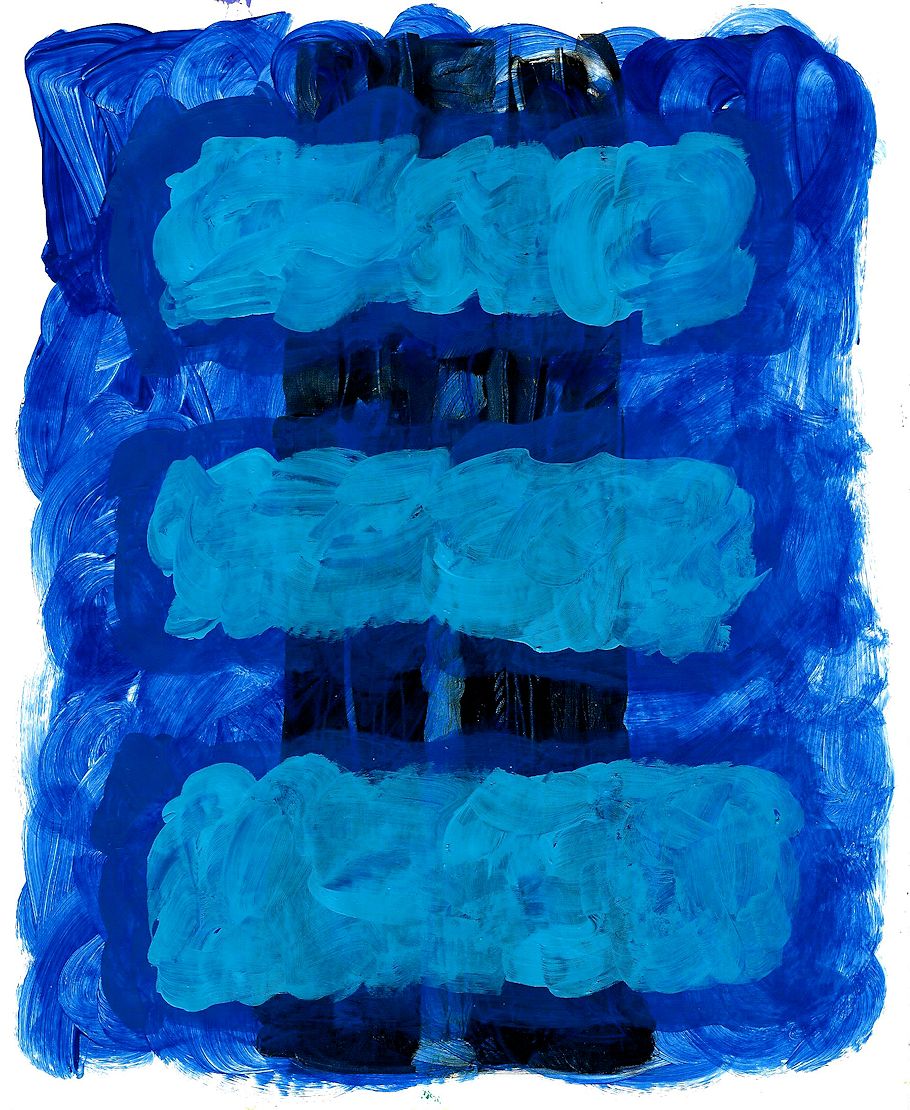
page painting 030
11 November 2019
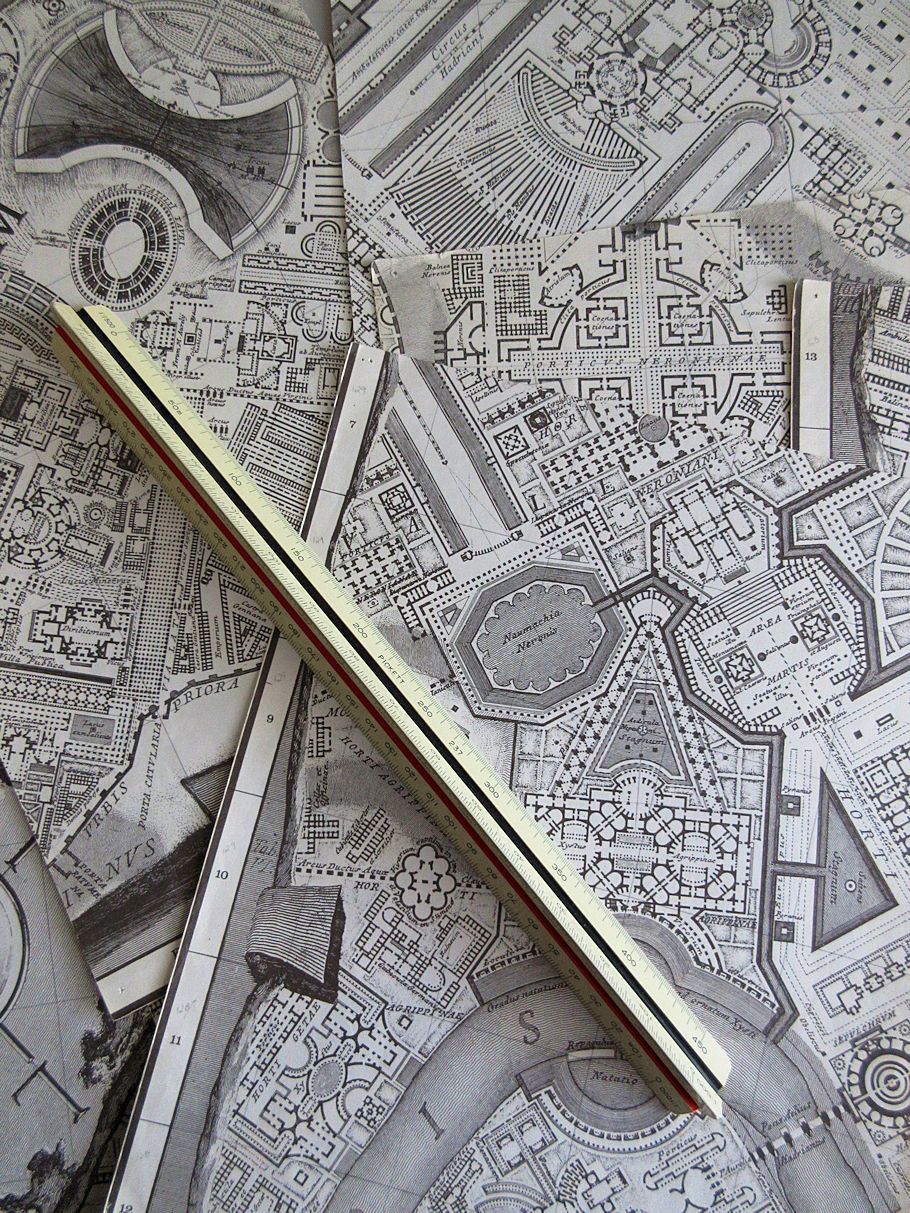
11 November 2020

11 November 2022 Friday
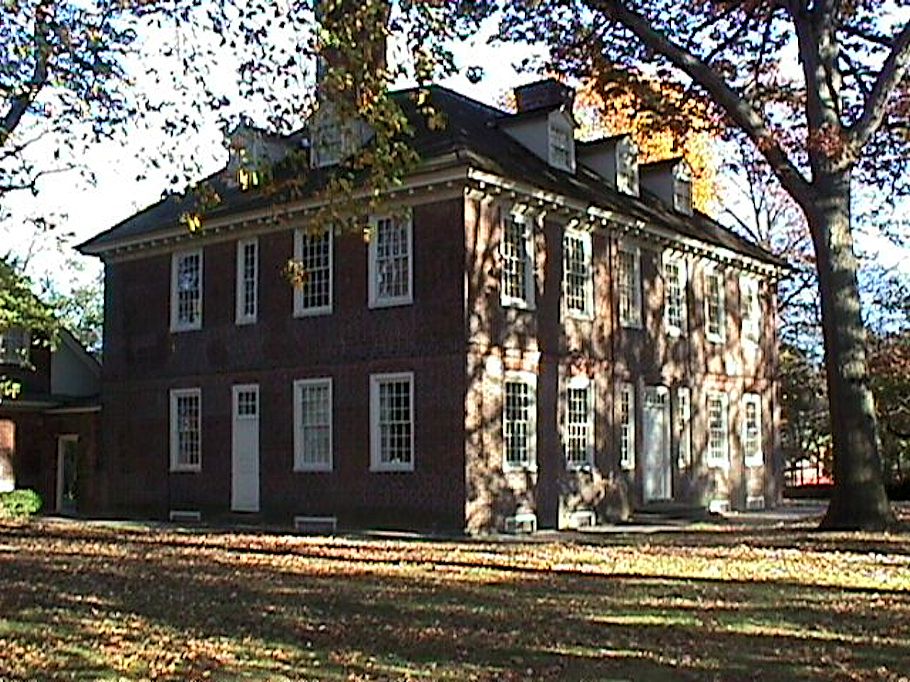
"Robert Venturi, whose writing has often served to point out beauty where it is least expected, came through with Irvine Auditorium, surely on of the most peculiar buildings in the city, and one that is threatened with a renovation that will destroy its dazzling lofty interior. "Bad acoustics, interesting architecture," he said. Venturi also made a case for Stenton, one of the earliest and most obscure of the city's great old houses. It was the seat of William Penn's secretary, James Logan."
Thomas Hine, "Philadelphia's Best Buildings" in Inquirer (Sunday magazine, December 9, 1984), p. 28.
2001.07.26 11:13
Re: Philadelphia's Fairmount Park
There are many historic 'mansions' in Germantown as well, which is now an old established neighborhood of Philadelphia, but originated as a separate town, settled by Germans just a few years after William Penn. Stenton is a very old house/mansion in lower Germantown, and it is the estate of John Logan, William Penn's secretary. Robert Venturi, in a 1984 Philadelphia Inquirer Sunday magazine piece, said Stenton was his favorite building in Philadelphia. I can still remember the next day at work (in an architect's office) everyone (including myself) asking, "Where's Stenton?!?" It's because of Venturi that I now visit Stenton whenever the occasion arises...
2001.07.21 12:29
one very Philadelphian daze
NY architect (and quondam Philadelphian) RE took some digital snapshots last Saturday. He and S and L where in town. I met R and L at the Philadelphia Museum of Art, while S went to Temple U's campus to take site analysis pics. L, R and I toured the VSBA exhibit together, and then attended the Venturi Scott Brown tribute symposium in the museum auditorium. There were three speakers: the president of U of Mich, the present resident of the Vanna Venturi House, and Vincent Scully. I like going to architecture talks; it reminds of my school days, and they go with my thinking (which is obsessed with just thinking about architecture more and more the older I get--I don't build architecture, I just think it). At the very end of the symposium Scott Brown got up and publicly told Scully he was totally wrong about her role in the 'Venturi' history. Then she shot him with a pistol--just kidding. Denise is now my heroin. Liz thought what Denise did was uncalled-for.
Then I got to tell my Charlie Rose Show last Friday night story. The CRShow was on the two Mies exhibits in NYC-Lambert, Bergdoll and Goldberger were guests. I said, "You can tell that Lambert isn't used to being asked questions. Rose would ask her something about Mies and she would roll out the usually clichés--like God on a mountain and all that. Then Rose would ask her to elaborate. Lambert then flinched and paused at the same time, and then snapped 'WHAT?!?!'" She did that three time within the hour show. It really made me laugh each time.
Steve Izenour was wearing a cap last Saturday. It said UGLY AND ORDINARY. I guess it pays to advertise, and don't you just love the high art of museum shops? Oh yes, there was a book signing after the symposium. I told Venturi I can read his mind, and I told Scott Brown she's my new heroin. Then I injected them both with a needle--just kidding.
Well, Venturi and Scott Brown just love Liz, and swooped her off to dinner, while R and I had to go meet up with the other S in Center City--that's when we cafe-ed it. I still don't have a cellular phone, but I love it when the people I'm with do. L called, said they were done eating and she was ready to go back to NYC, but Venturi wanted to show her this old building (a fancy row-home) he recently came upon in North Philadelphia (maybe Wilson Eyre is the architect?). So there we were, following Venturi's lead (again!) driving through 'dangerous' neighborhoods all for the love of architecture.
Guess what, Venturi and Scott Brown still don't really know who I am. It's like 'pay no attention to that man behind the (virtual) curtain.'
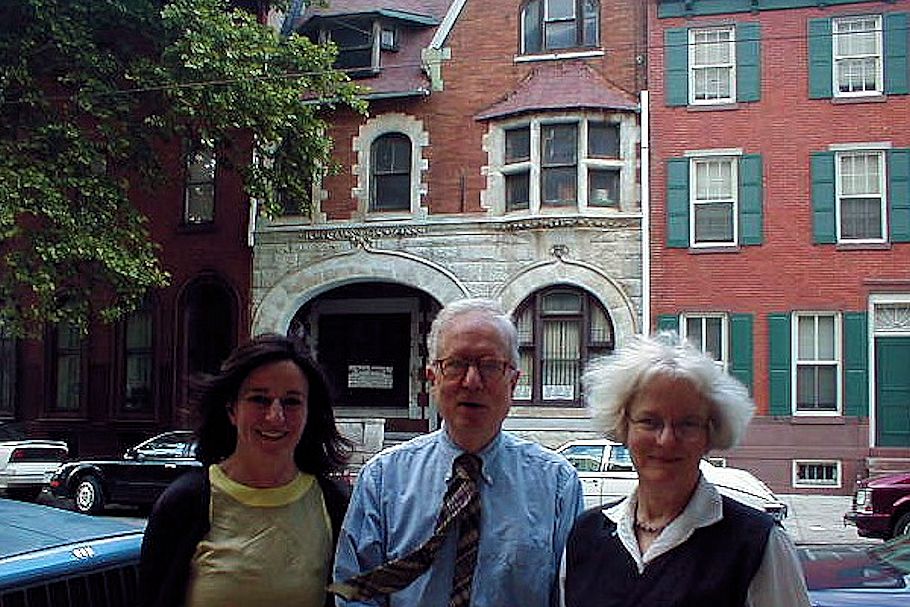
2005.07.07 18:21
I wonder if Scott Brown remembers...
At the book-signing after the VSBA symposium at the Philadelphia Museum of Art, I told Robert Venturi, "You're the reason I often visit Stenton."
"What!? Stenton? I love Stenton."
"I know. You said it was one of your favorite Philadelphia buildings in a Philadelphia Inquirer Sunday magazine piece in the mid-eighties."
"Oh. You forget things like that."
Odd how Venturi, later that afternoon, decided to take the group I was with to a house he recently "discovered" on Girard Avenue, his latest favorite Philadelphia building.
2005.10.12 08:57
Jimmy Venturi's new website...
...Ryerss Museum because that place preenacts Venturi Shops. Or maybe film them at Stenton; every modern architect should know Stenton. You know there's an uncanny similarity between the greenhouse at Stenton and the (obscure Venturi and Rauch) 1973 pool house design for the Liebs in Penn Valley.
|